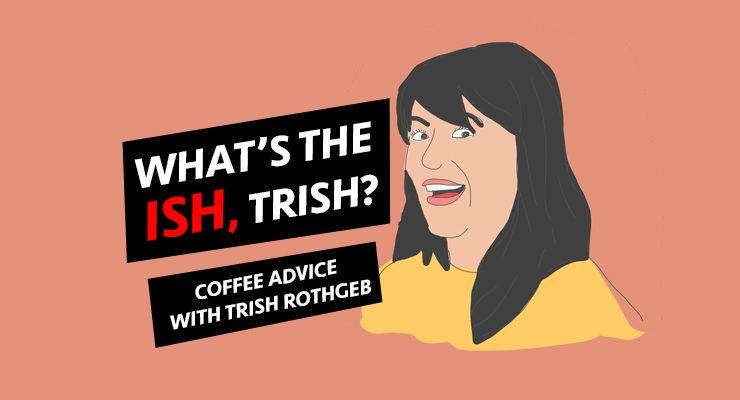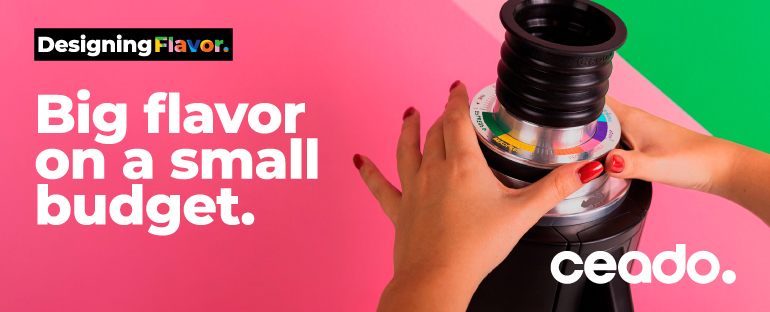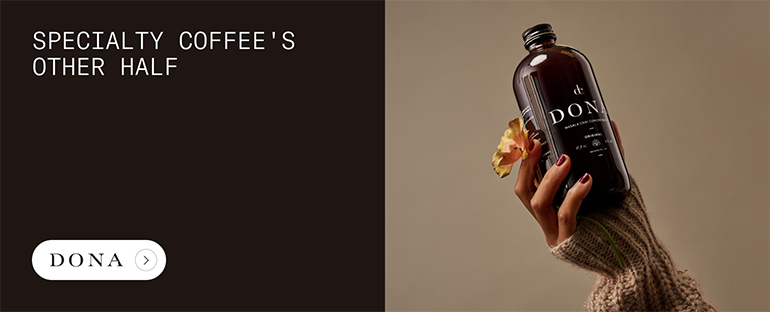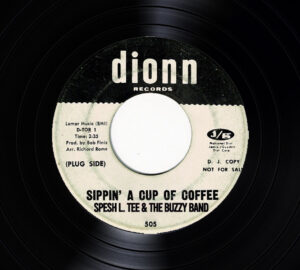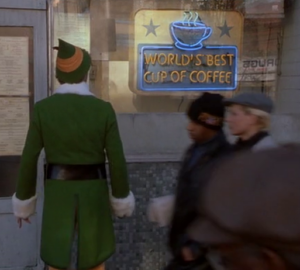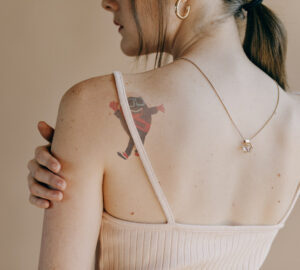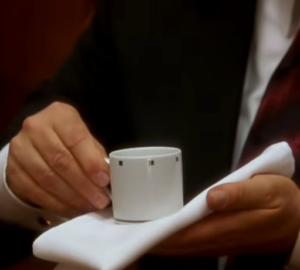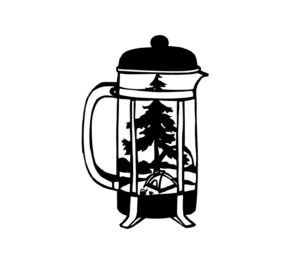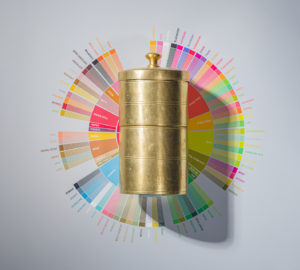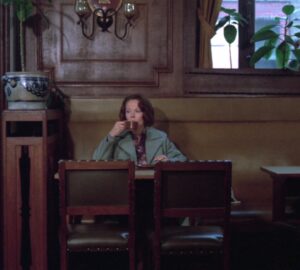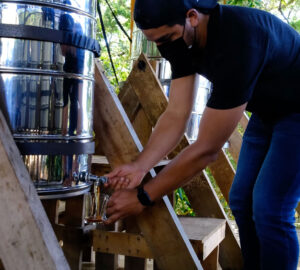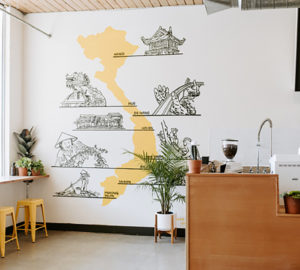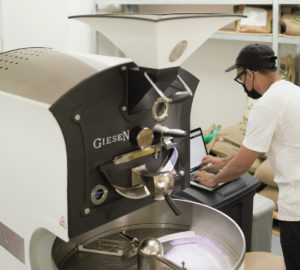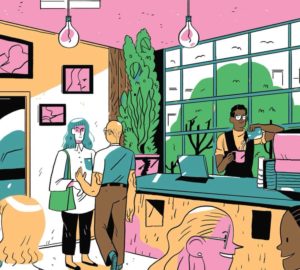Welcome back to What’s The Ish, Trish?—a new advice column on Sprudge.com, featuring Trish Rothgeb of Wrecking Ball Coffee Roasters, the Third Wave, and more. For our second edition of What’s The Ish?, a concerned reader writes in with a common query. Read on!
Dear Trish,
My parents own a coffee roasting company that’s been around for 30+ years, and I help out. We’re located in a small town in California. Not too long ago a new roasting company opened up with hip marketing and a cool young vibe, and they’re really hurting our business. It makes no sense to me: we serve Kenyan and Colombian coffees just like they do. All they have is a cool “Third Wave” image. What should my parents do to stay afloat? How can we keep up with the cool kids?
Sincerely,
Third Wave Is Not Kewl.
Dear TWINK,
There is a part of me that understands your plight and a part of me that wants you to wake up and smell the coffee…and still another part of me that sort of doesn’t believe your characterization of the sitch. Perhaps it will not surprise you, then, to see that my message to you is threefold.
First, I understand the pain your parents must feel from having built a solid business over the years. They introduced the neighborhood to good coffee. They brought the world of coffee flavors such as Sumatra, Guatemala, Colombia, and Kenya to the people—we can only hope. Before that, those poor customer-souls only had grocery store commercial brands to jump-start their days. It was your parents that steamed up all that foamy goodness for years and years, sending the regulars off with giant, extra-hot lattes for the road. You know what? Kudos to your coffeehouse. (Kudos. That’s a word that I might have used 30 years ago.) The shop did its thing. It made things better. But things change. You really won’t get much more sympathy from me beyond that.
My second point is, Wake Up! You don’t get to stay the same. Now let’s talk about Content and Form—because I went to art school, and I hardly have a chance to use that education I paid for by working at cafes.
Content
Not only coffee, but cheese, beer, sneakers, and even toys from Wham-O have had to change to stay relevant. Your family’s shop is 30 years old, and you’ve never updated the logo, signs, coffee supplier(s), or that damned wooden spoon that hangs from the restroom key? Ew. Your pastries are huge, like back in the ’80s when a biscotti was the size of bananas and the croissants can comfortably hold two scrambled eggspresso (made with the steam wand) and a slice of ‘merican cheese. The condiment bar gets stocked once in the morning with large thermoses of all different dairies and non-dairies possible and four kinds of sugar and not-sugar. Your coffee is marked as “Colombia” and “Kenya” but says nothing more, as if that communicates quality. And is your coffee good? No matter if you’ve upped the game with lengthy descriptors and traceable farm-age with lot numbers, it still won’t save a badly brewed cup. Are your parents and your staff getting updates with professional development and knowledge of the product and craft? Tell me something: when you walk into your shop, does it even smell like coffee in there? I know your shop because I worked in your shop; well, not your shop, but you get me. If this is your content, you have only yourself to blame. But if it is not your content, we can and should blame your form.
Form
This is what your shop looks and feels like, and the “vibe” it gives off (to use your words). The consumer wants great coffee and they demand a nice space as well. You simply have to show that you celebrated the new millennium at some point. Remodel and revamp if you want to survive. Being around for 30 years is no easy feat. You likely know how to run a tight ship on a lot of levels. Now is the time to use that profit you made back in the ’90s when specialty coffee was a steal. The design and feeling of a shop—be it t-shirts or soap or coffee—is everything to retail success. So if the new kids are killing it with a “cool young vibe”, more power to them because they get it.
Now for the third point, now that we’ve established that I won’t pull punches with you, I’ll say that I’m not sure I even believe you. I mean, I don’t believe about how the new shop is hurting your business. This could be true, sure, but it could be that the new shop is doing nothing more than embarrass you. In my experience, the type of 30-year-old shop that I’ve blasted away at here is still doing fine. The customer base is so set in their ways that those Baby Boomers literally have to die off for your business to suffer. According to market research, your shop can do okay for another 15–20 years before that happens. On the street where my cute little coffee shop lives in San Francisco, there is one such 30-year-old coffee concept less than a block away. That place is always full of their regulars. Many sit there with an oatmeal raisin cookie the size of a paper plate, a popped laptop, and a dry cappuccino as I write this, and are as happy as the day is long. This is a lesson to all that a new fresh look (or “form”) won’t matter to some, and the coffee might not either. All coffee sectors are doing fine. My dear TWINK, you just need to decide what you want to be.
Got coffee ish? Need advice from Trish? Send a letter to Trish Rothgeb: whatstheish@sprudge.com











